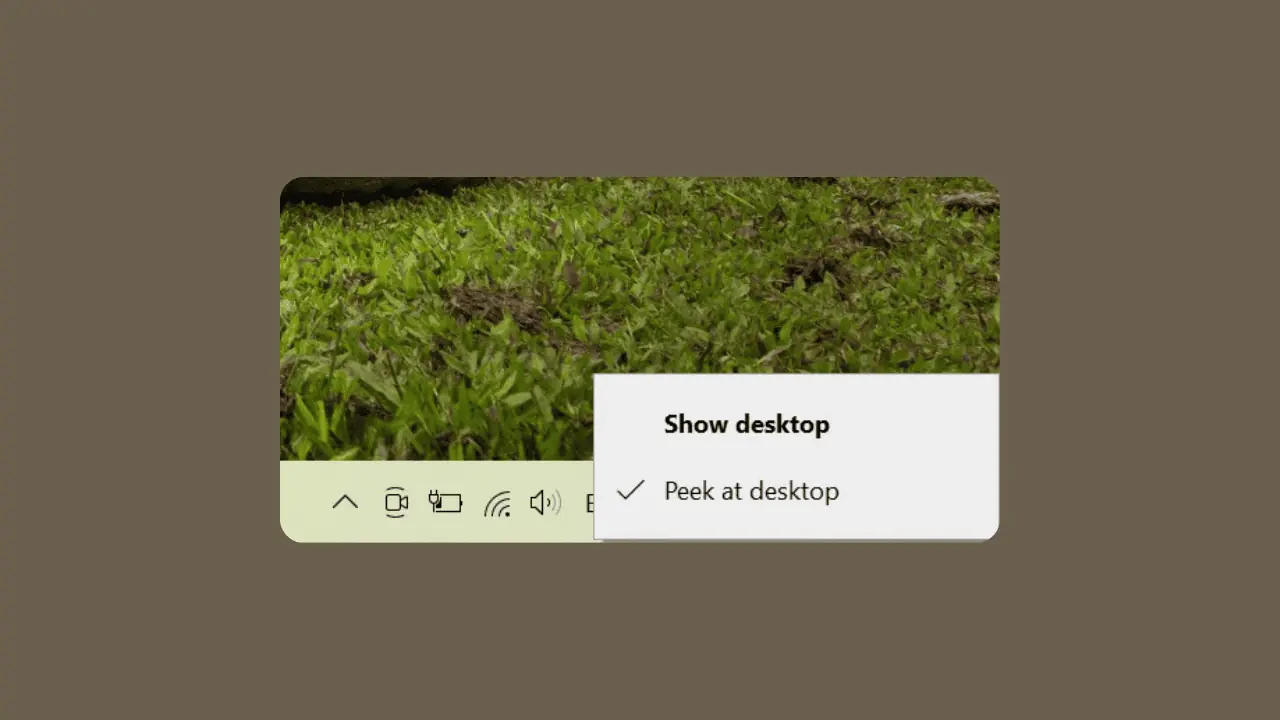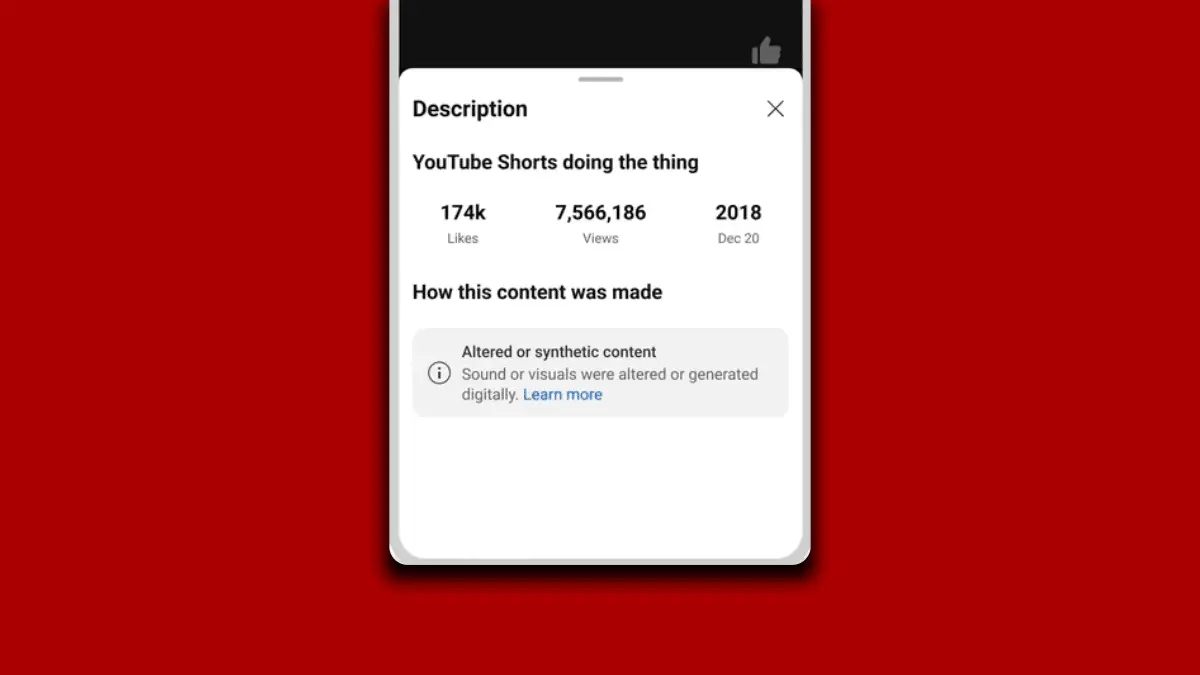This may be Microsoft's USB-C compatible Surface connector (but it's not all good)
2 min. read
Published on
Read our disclosure page to find out how can you help MSPoweruser sustain the editorial team Read more

Microsoft received a lot of criticism for not replacing the Surface connector in their new range of Surface devices with USB-C ports, but Microsoft has insisted they were simply not happy with the user experience the port provides, noting elements such as lack of easy attachment and easy detachment, useful to prevent tripping issues.
Now from a new patent, in part created by Jan Raken, Director of Surface Design, it appears Microsoft does indeed have a solution in the wings ready for the next generation of Surface tablets, which will marry the advantage of the Surface connector with compatibility with the growing USB-C standard.
The new connector would be smaller and thinner than the current Surface connector (above), but would still feature magnets allowing it to click in place without any effort, and detach easily if you trip over the wire and not pull your PC down.
The connector would feature a tapered design which would allow it to slip into a USB-C female slot without force being required. It would also feature a number of adaptations to make it a low profile connector.
It would only support USB 2 speeds, for example, meaning it would need less electromagnetic shielding and can, therefore, be shorter (power would still be delivered over the connection). It would also not include the 6 external electrical contacts/wires of a usual USB-C connector, which would also facilitate the short tapered shape, and would lack the springs in the usual USB-C male connector, being held in place instead with magnets instead.
The result is a very compromised connector on the male end (which I suspect would not be able to support a powerful docking station for example), but the female side should still be fully USB-C compatible, meaning you could still plug in an array of standard USB-C dongles and devices when needed.
Whether this would satisfy the critics, of course, remains to be seen.
The full patent, which was applied for in February 2016, can be seen here.










